The Independent's journalism is supported by our readers. When you purchase through links on our site, we may earn commission.
I tried Alex Yee’s running workout and it humbled me in just 40 minutes
The Olympic gold medal-winning triathlete describes it as ‘attainable’ – Personally, I’m unconvinced

Your support helps us to tell the story
From reproductive rights to climate change to Big Tech, The Independent is on the ground when the story is developing. Whether it's investigating the financials of Elon Musk's pro-Trump PAC or producing our latest documentary, 'The A Word', which shines a light on the American women fighting for reproductive rights, we know how important it is to parse out the facts from the messaging.
At such a critical moment in US history, we need reporters on the ground. Your donation allows us to keep sending journalists to speak to both sides of the story.
The Independent is trusted by Americans across the entire political spectrum. And unlike many other quality news outlets, we choose not to lock Americans out of our reporting and analysis with paywalls. We believe quality journalism should be available to everyone, paid for by those who can afford it.
Your support makes all the difference.It’s 8pm on a Tuesday evening and I’m exhausted – the only thing holding me upright is the wall of a supermarket on the outskirts of Bristol. I’m breathing heavier than a Dyson hand dryer, sweating profusely, and there’s one man to blame: Team GB triathlete Alex Yee.
My unusual situation stems from a chat with the Supertri athlete off the back of his gold medal win at the Paris 2024 Olympics. During our interview, the 26-year-old shared an “attainable” 40-minute running workout he used to prepare for the games, and thus the trap was set.
Lifting weights is my usual workout of choice, but as an all-around fitness fan and enthusiastic (if aggressively average) runner, I took the bait and promised to give it a go.
Below, you can find a timeline of my demise, as well as a word from the man himself on how to try one of his go-to track sessions – if the last few paragraphs haven’t put you off already.
In the run-up to the 2024 Olympic Games, Yee’s weekly training saw him cover roughly 585km – 30km in the water, 105km on foot and 450km on a bike. This included seven runs, with five longer aerobic efforts and two faster sessions: one on the road and one on the track, with the workout below being an example of the latter.
“It’s quite a rewarding session because it sounds hard, but it’s actually a lot more attainable than you think,” he tells me earnestly. “By the end, you’re working exclusively at your 1,500m pace. You’re building fatigue as you go through, then you’re trying to produce your best leg speed at the end of the session.”
The workout clearly delivers, given Yee’s sprint finish which wiped out rival Hayden Wilde’s seemingly unassailable lead at the Olympics. I just hoped it could have a similar effect on my own running performance.
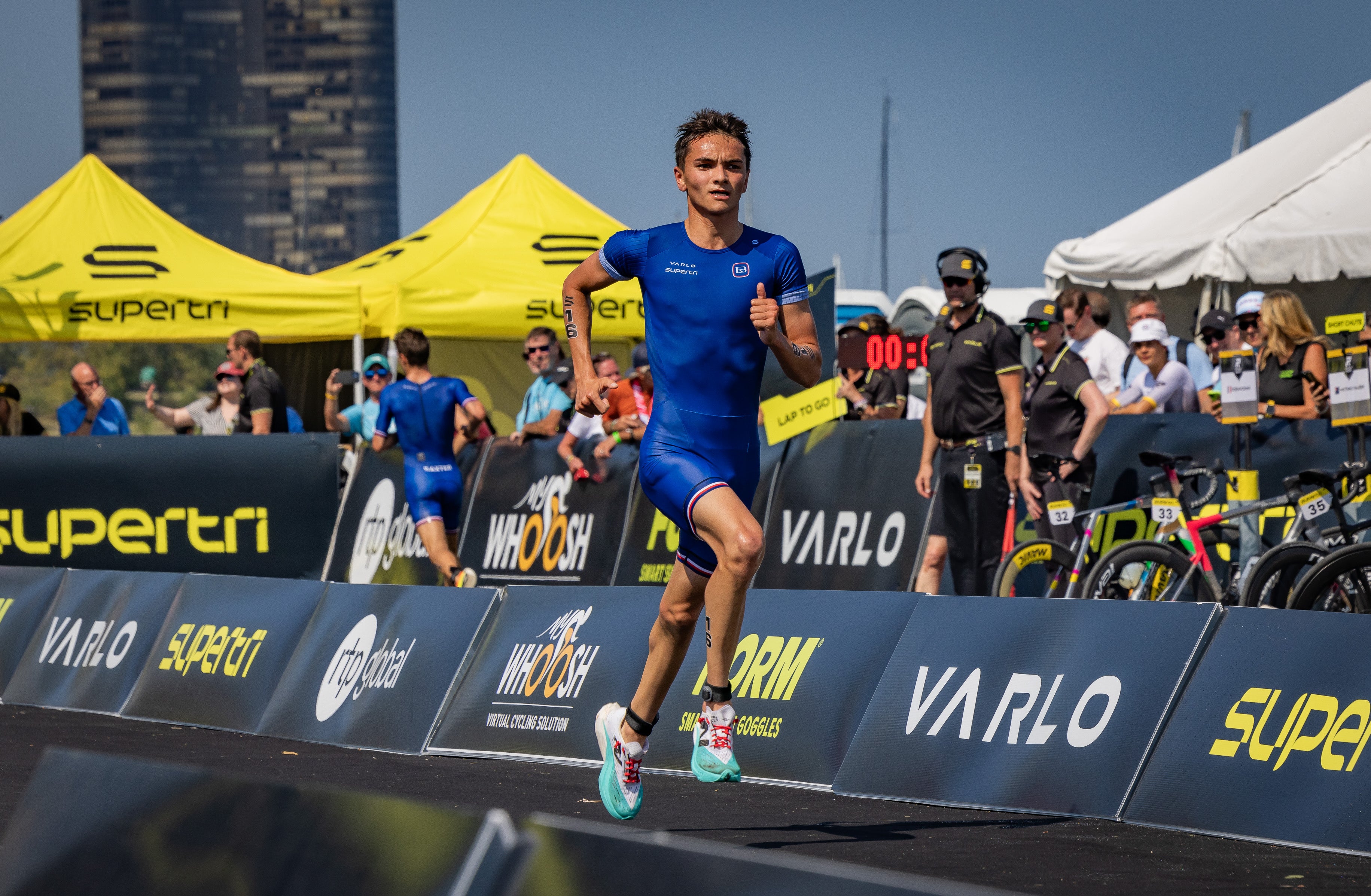
How to do Alex Yee’s running workout
Round one | Round two | Round three | Round four |
500m at 10km pace (2min 47sec/km for Yee) | 500m at 5km pace | 500m at 3km pace | 500m at 1.5km pace |
100m recovery | 100m recovery | 100m recovery | 100m recovery |
400m at 5km pace (2min 37sec/km for Yee) | 400m at 3km pace | 400m at 1.5km pace | 400m at 1.5km pace |
100m recovery | 100m recovery | 100m recovery | 100m recovery |
300m at 3km pace (roughly 2min 30sec/km for Yee) | 300m at 1.5km pace | 300m at 1.5K pace | 300m at 1.5km pace |
100m recovery | 100m recovery | 100m recovery | 100m recovery |
200m at 1.5km pace (2min 25sec/km for Yee) | 200m at 1.5km pace | 200m at 1.5km pace | 200m at 1.5km pace |
200m recovery | 200m recovery | 200m recovery | 200m recovery |
How I fared trying Alex Yee’s running workout
Round one
Olympians are faster, fitter and stronger than the rest of us – that’s why they’re Olympians. Trying to keep up with one, particularly in the sport they specialise in, would be incredibly silly.
I know this, but I also know you didn’t come here to read about an average athlete running fairly slowly for 40 minutes: that’s why I decided to try and match Yee’s speed for the opening (read: slowest) round. And it went exactly as you’d expect.
I needed to finish the first 500m in 1min 24sec to stay on track, so I set off uncomfortably fast. My heart rate skyrocketed immediately, but with the wind whipping past my ears I persuaded myself I’d nailed the pacing.
You can imagine my disappointment when a glance at my Apple Watch told me I was well off the mark at the half way point. Despite picking up the pace in the closing stages, I staggered to the finish in 1min 44sec – slovenly, by Yee’s standards.
Then came the “floating recovery”: a slower 100m stretch which usually takes Yee about 25 seconds. I couldn’t even keep up with this, trotting for just shy of 40 seconds while trying to catch my breath. Worse still, this recovery segment seemed to speed up time, and before I knew it I was running again.
Next up I had to hit 400m at Yee’s 5km pace, which meant completing it in 64 seconds. Needless to say, I didn’t even come close, finishing nearly 30 seconds behind him. It was a similar story on the 300m and 200m sections too (1min 10sec and 48sec, compared to Yee’s blistering 47sec and 30sec).
Each interval seemed to sap a little bit more power from my legs, and a little bit more will to live from my soul, so I was grateful when the round ground to a halt. Only 5,700m to go.
Read more: 11 best running shoes for men to hit your 2024 fitness goals
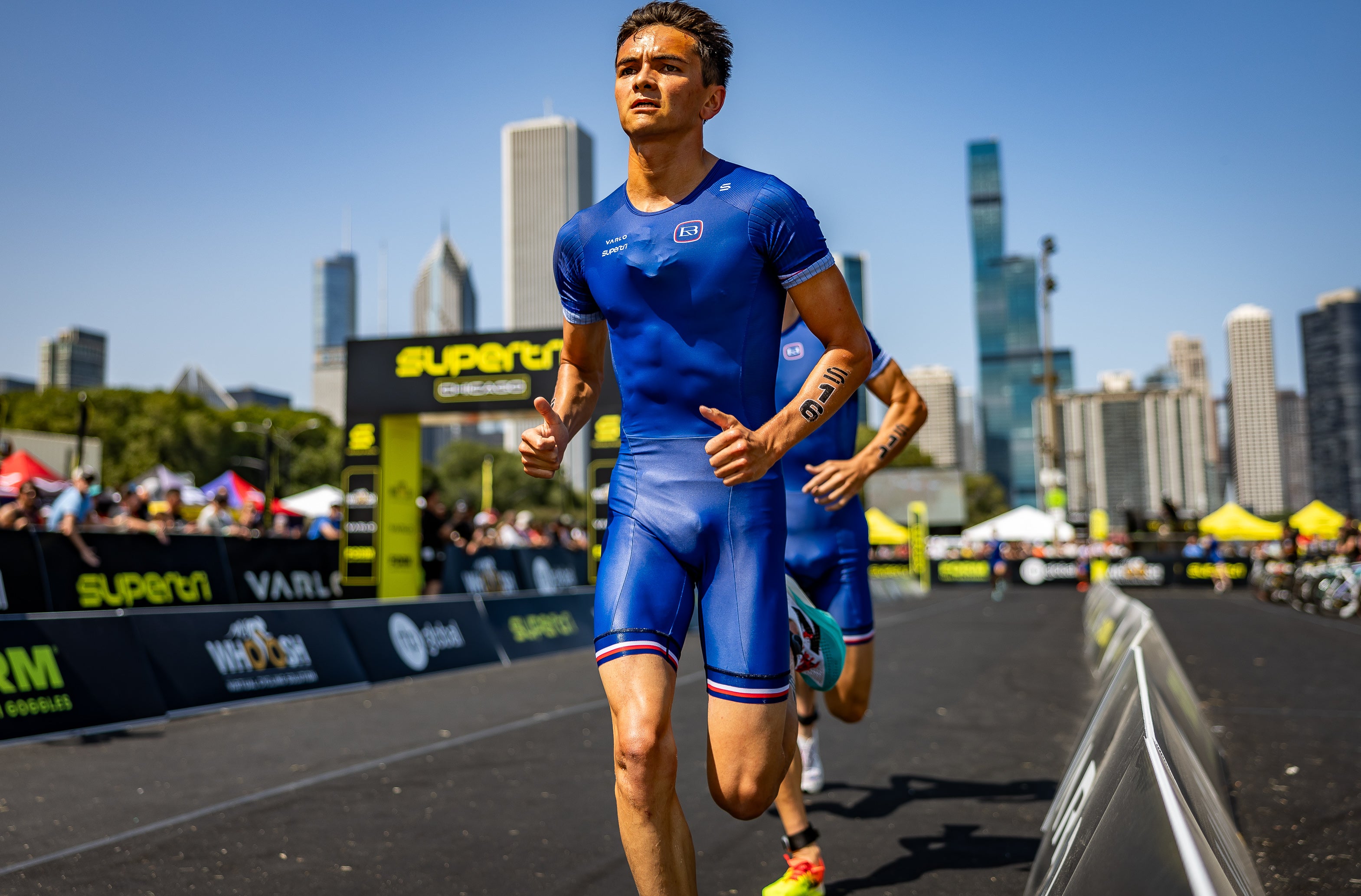
Round two
By the time the second round rolled around, I resembled a ripe tomato in a rainstorm. My face was bright red, sweat was pouring down my forehead and I could barely speak between laboured breaths.
I made the executive decision to use my own paces for the remainder of the workout, but the damage had already been done. I was knackered, and even hitting my “attainable” paces suddenly felt like a Herculean task. To add to my suffering, this workout commands you to up your speed with each passing round, challenging me to hold my 5km pace of 4min 30sec/km for the first 500m.
I managed it with gritted teeth, creeping in just below my target, and felt slightly more confident about completing the workout with some degree of competence. But I didn’t get any faster for the 400m interval, and my speed actually slowed for the 300m section before picking back up to a (still wildly off-pace) 4min 23sec/km during the final 200m.
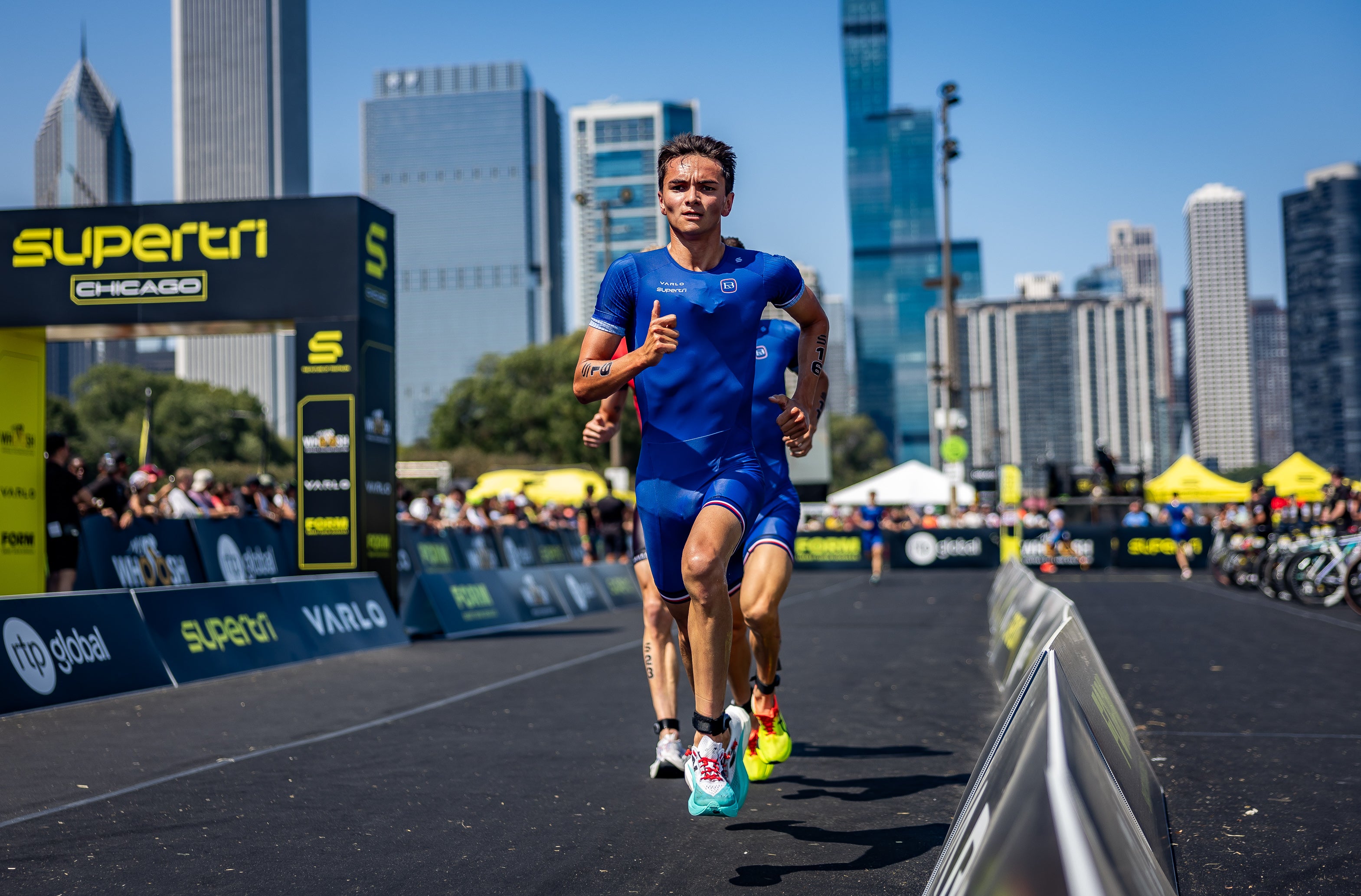
Round three
The less said about round three, the better. I was able to finish each segment slightly faster than the round before, but still fell short of every target (4min/km for the 3km paces, and 3min 45sec/km for the 1,500m pace).
The idea that there was still another full round to go kept eating away at me as well. If I was this tired after three rounds, how would I feel after four?
Towards the end, I spotted someone I knew running towards me along the cycle path where I’d chosen to do the challenge. They raised a hearty hand: I nodded grimly in return, then kept on plodding.
Read more: These are the 10 best foam rollers for soothing sore muscles, tried and tested
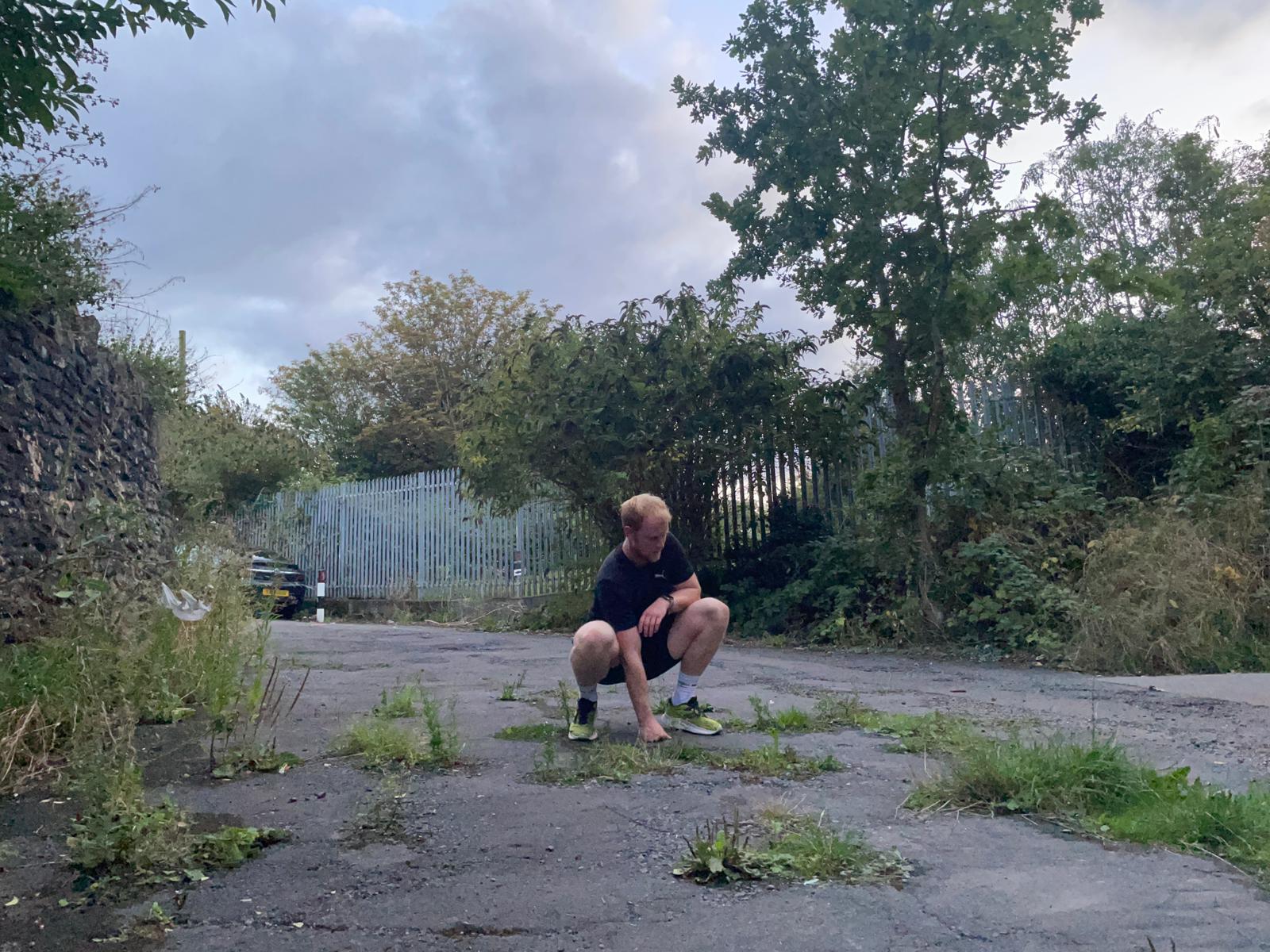
Round four
Weirdly, this was my favourite part of the workout. The end was in sight, I’d settled into my stride somewhat after the shock of the first round, and the whole thing had become somewhat autonomous – my legs just kept moving with seemingly no input from my brain.
Anomalous first round aside, I was able to record my fastest times on this section too. Don’t get me wrong, I still looked like death, drawing concerned glances from passers-by. But it felt like I’d stumbled into the eye of the storm and gained a resigned sense of calm by doing so.
I did my best impression of a sprint for the last 200m, covering it in a semi-respectable 42 seconds to complete the workout in just under 40 minutes. Then I lay down next to a park bench and waited for my humanity to return.
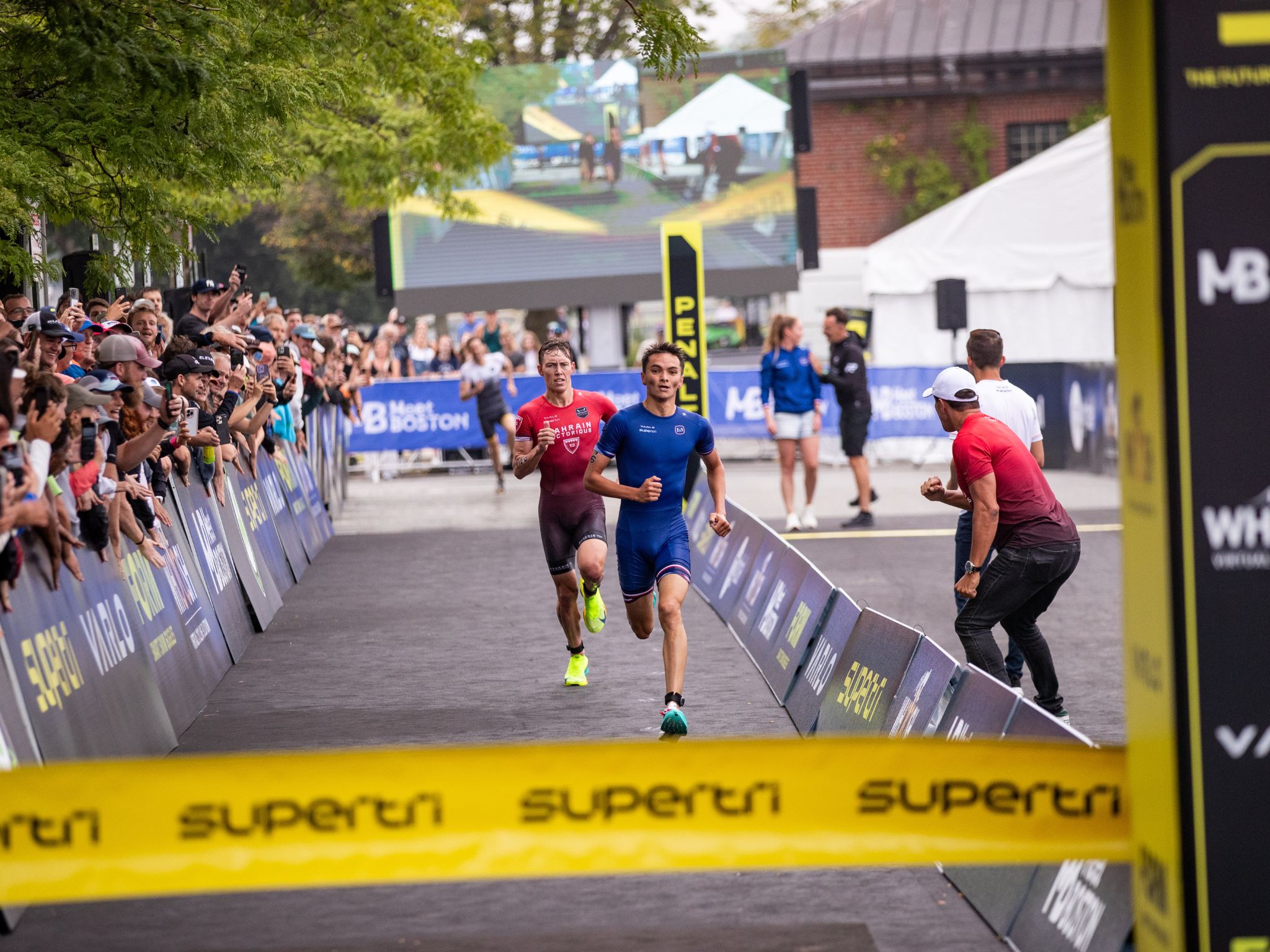
Would I try Alex Yee’s running workout again?
Despite the various grumblings you’ve read above, I’d do this workout again in a heartbeat. As a fitness writer and fan of movement in all its forms, I like trying new, challenging things, and this session definitely ticked both of those boxes. I also found the interesting format kept me engaged far more effectively than a flat-out 5km effort.
What I wouldn’t repeat is trying to cling to Yee’s coattails. The workout has been designed to deliver a certain stimulus based on the target paces provided, and by trying to go toe-to-toe with an athlete infinitely more capable than myself I had shown a flagrant disregard for the coach’s intentions. Next time, I’ll be staying in my own lane.
But I do hope this experiment has achieved one thing: highlighting the extent of Olympic and Paralympic athletes’ superhuman abilities.
A recent YouGov poll found that more than a quarter of Brits believed they could qualify for the 2024 Olympics if they started training immediately. While most of these fancied themselves in one of the shooting events, four per cent thought they could earn a spot in the triathlon starting lineup.
My experience here should go some way to showing that these people are either very foolish or very promising athletes. If you fall into the latter camp, all power to you, and I’ll see you in LA. But a word to the wise: think twice before you try to keep up with Alex Yee.
Alex Yee is competing in the Supertri event in London on Sunday, September 8, alongside fellow Team GB medallist Beth Potter. Free tickets can be found at: www.supertri.com



